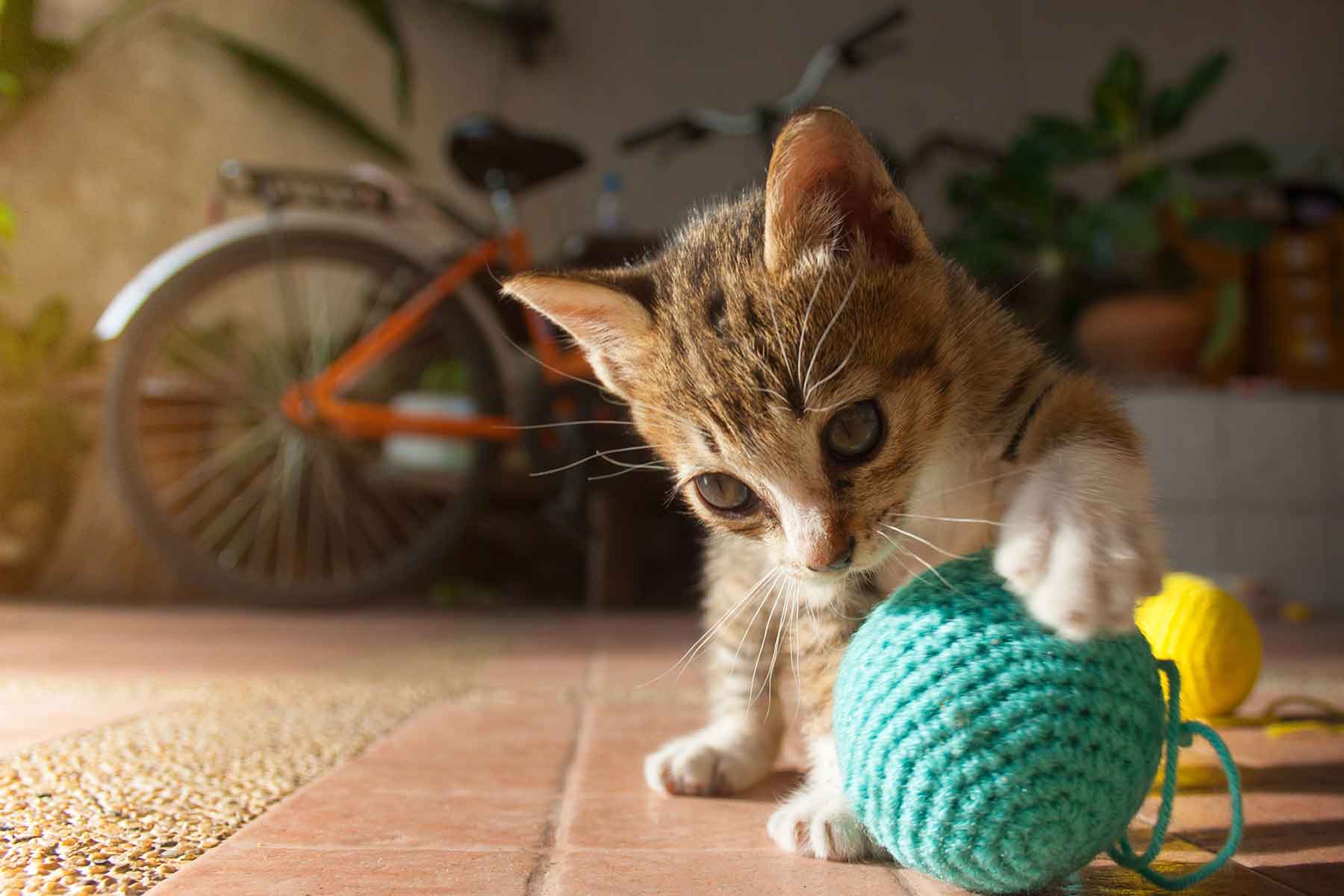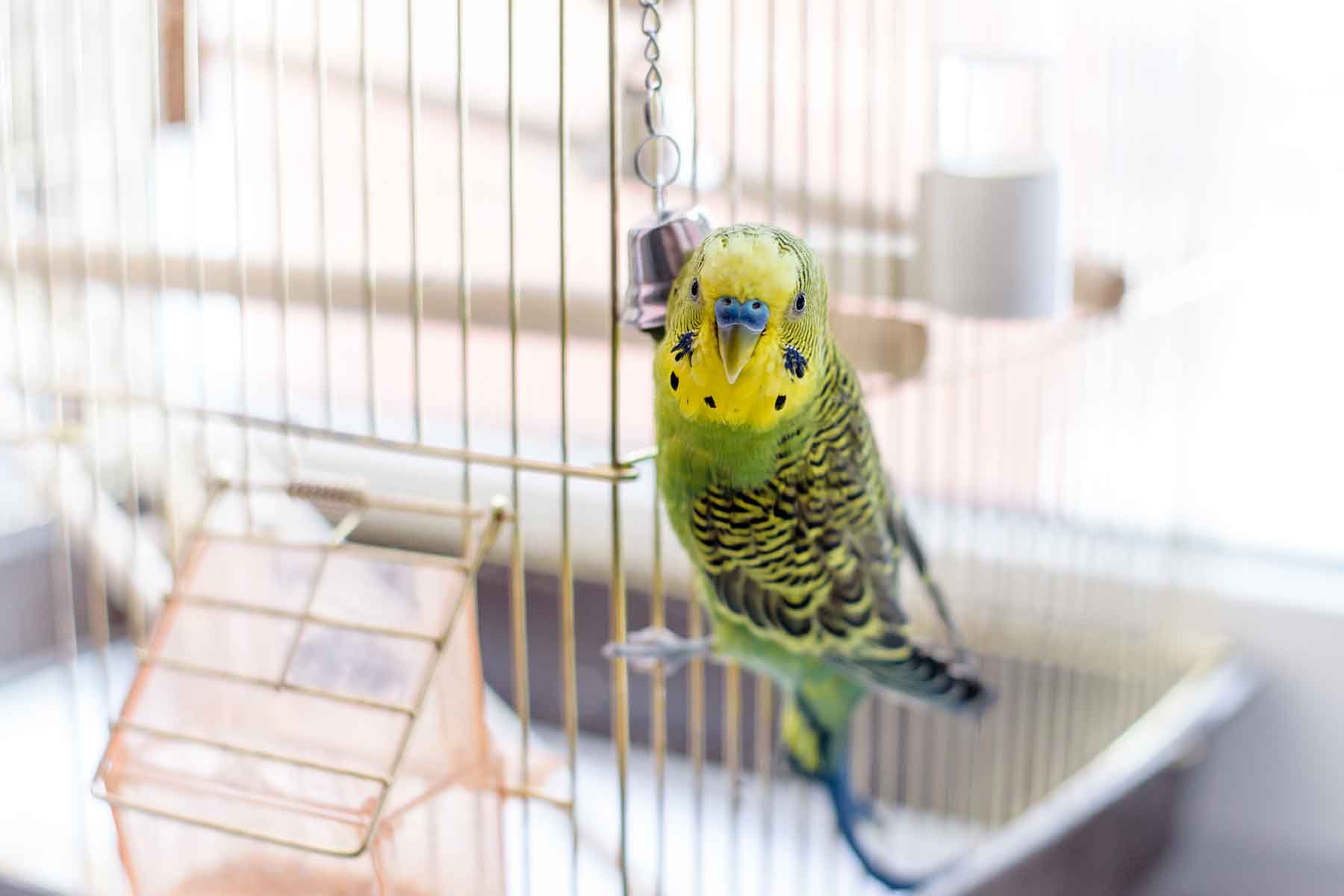Originating on the Isle of Man in the British Isles, the Manx cat has been adopted as a symbol of the island nation and its unique culture. The breed has appeared on coins and stamps, and continues to feature on many tourist items serving as an emblem of the Isle of Man.
Appearance
The most distinctive characteristic of the Manx cat is their lack or near-absence of a tail. It is believed the reason for the Manx cat’s lack of tail is a mutant dominant gene. The degree of “tail-lessness” varies and the varieties have been divided into four groups – Rumpy, Rumpy-riser, Stumpy and Longy. A Rumpy Manx is the ideal exhibition animal, with no hint of a tail. A Rumpy-riser has a small knob of a tail, a Stumpy has a definite tail stump and Longy are hard to distinguish from normal cats.
The Manx is a rounded cat with a round head, round eyes and rounded whisker pads. Their hindlegs are thicker, longer and stronger than the ordinary cat, and they run like a rabbit, making them exceptional jumpers. Either short-haired or long-haired, the Manx cat has a distinct double coat with soft under hair and a glossier coarser top coat that comes in a range of colours.
Temperament
A fascinating, attractive cat, the Manx will repay the interest of owners with intelligence and faithfulness. Like dogs, the breed is known to enjoy a game of fetch. Their friendly and fun interactive nature makes them an ideal family pet.
Grooming
The long-haired Manx cat will benefit from regular brushing.
Health concerns
For the latest research in breed-related problems in the Manx cats, visit the University of Sydney’s LIDA (Listing of Inherited Disorders in Animals) website.











